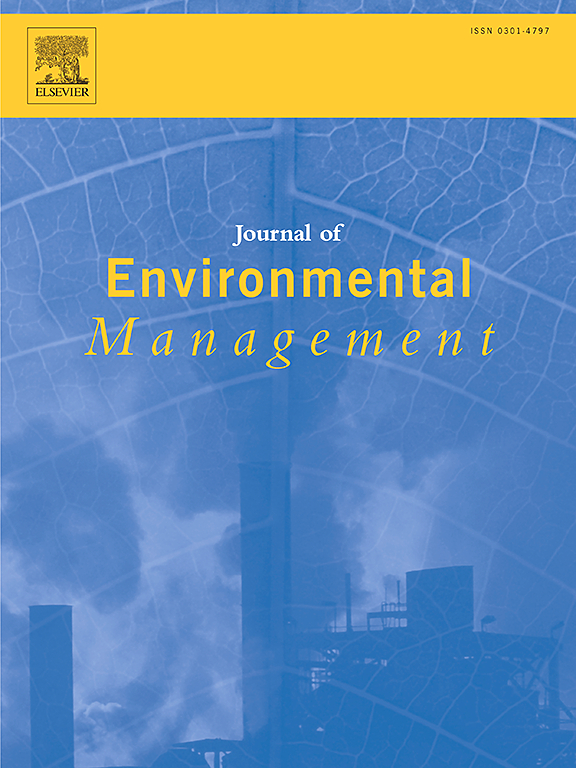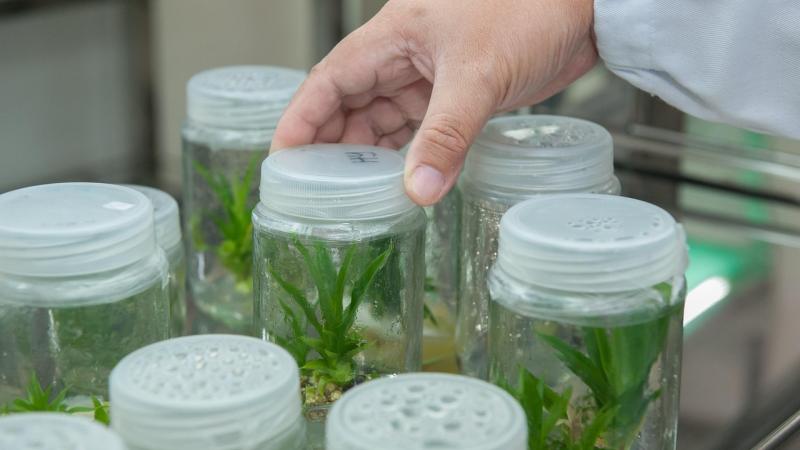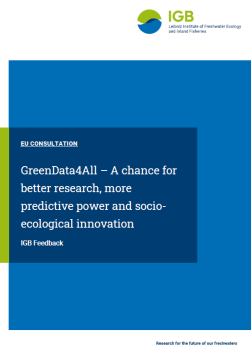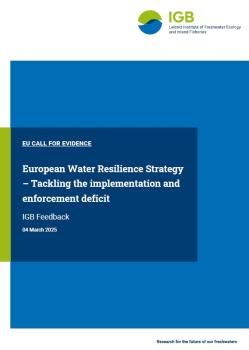Biodiversity
Although freshwaters cover less than one per cent of the earth’s surface, they are some of the most species-rich habitats on our planet – so far at any rate. After all, rivers and lakes are experiencing a rapid decline in biological diversity. And yet it is still unclear what this loss means for our well-being in the long term. One important objective of our research is therefore to identify measures that enable us to protect the biodiversity of our freshwaters as effectively as possible. We investigate the causes, draw up forecasts relating to changes, and pool our expertise in biodiversity research and in knowledge-based environmental protection. Collaborating with international partners, we also collect global data on biodiversity in freshwaters, creating a unique foundation to ensure their protection.
Related News
Selected publications

Towards transformative change for biodiversity: What can we learn from case studies in Germany?
The authors analysed 22 case studies of biodiversity-enhancing societal processes and projects in Germany to identify barriers and success factors, as well as features that support transformative change towards sustainability and the mainstreaming of biodiversity. They identified 16 features that support transformative change for biodiversity, many relevant beyond Germany.
Fundamental questions in meiofauna research highlight how small but ubiquitous animals can improve our understanding of Nature
This paper identifies the top-50 priority questions for meiofaunal research, highlighting their critical roles in biogeochemical cycles and biodiversity. It calls for a balanced research agenda, international cooperation, and advances in technology to overcome current challenges and unlock meiofauna’s full potential.
New fish migrations into the Panama Canal increase likelihood of interoceanic invasions in the Americas
The authors have compared the fish communities of Lake Gatun in the Panama Canal before and after the canal’s expansion in 2016: Marine fish species now make up 76 percent of the total biomass of the fish population and are primarily large predatory fishes. The lake’s food web is changing and local fisheries are impacted. There is also an increased risk of fishes colonizing the opposite ocean.
Ontogenetic shifts by juvenile fishes highlight the need for habitat heterogeneity and connectivity in river restoration
The authors analysed the habitat use of larval and juvenile fishes in the lower river Rhine. More than 60 per cent of the fish species switched between five different habitat types during their development, which should be available both in the river and connected floodplains. However, human intervention has drastically altered and homogenised the European river landscapes.
One-quarter of freshwater fauna threatened with extinction
The largest global assessment of freshwater animals on the IUCN Red List of Threatened Species to date has revealed that 24 per cent of the world’s freshwater fish, dragonfly, damselfly, crab, crayfish and shrimp species are at high risk of extinction.

























